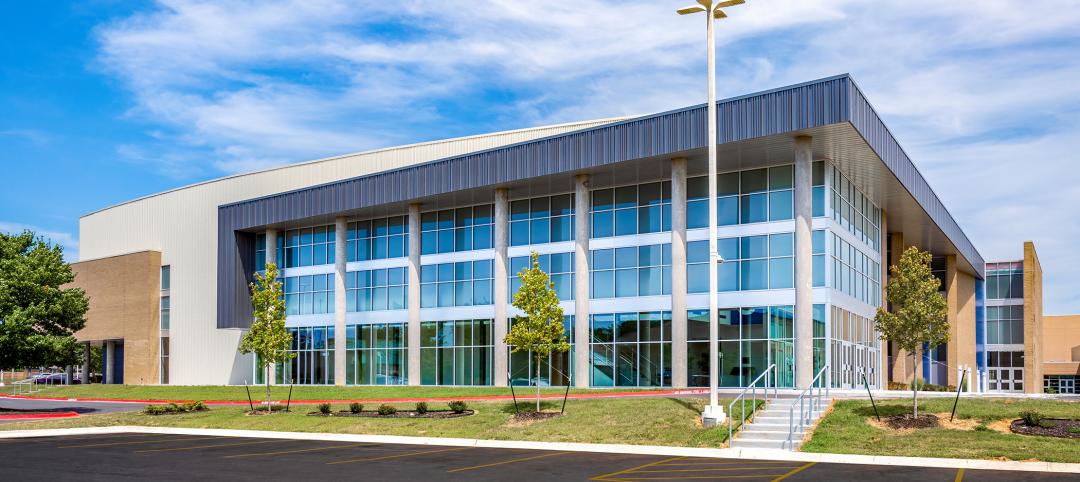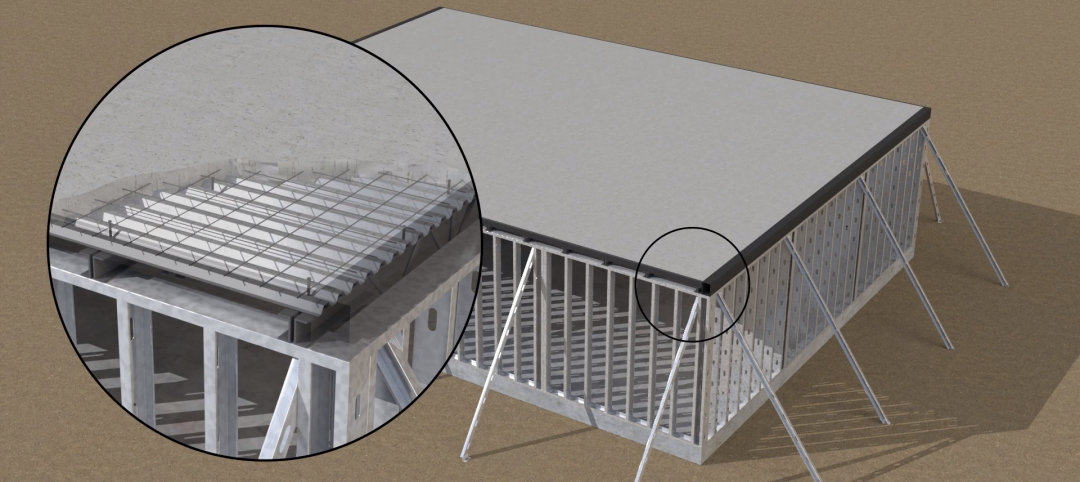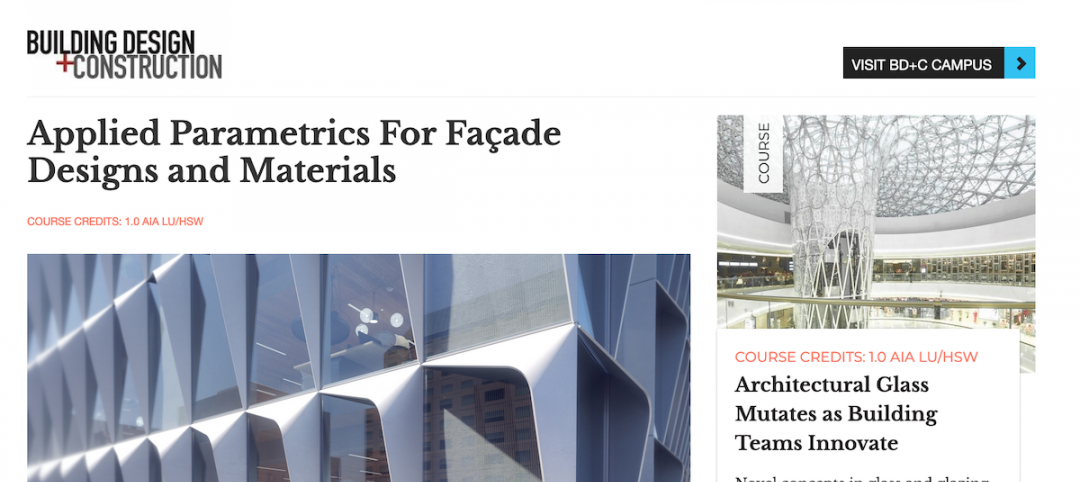Energy codes mandating more efficient use of buildings—and, by extension, of building enclosures—are already being adopted by many states as a logical step in the reduction of energy consumption.
On a national scale, the impetus to improve building energy performance is manifest in the latest and most far-reaching model energy code from the International Code Council, the 2015 International Energy Conservation Code (IECC). Compared with energy standards of just a few years earlier, the 2015 IECC sets a high benchmark for energy performance.
In 2010, the required insulative value for a new roof on an existing commercial building was R-20, per the IECC. Today, it’s R-30, a 50% increase. Replacement fixed windows in 2010 needed to perform at R-1.82. Now, that number is R-2.38, 30% greater.
This trend toward increasingly stringent energy performance standards is likely to continue. Several states and municipalities, including New York, New Jersey, and Maryland, were early adopters of the 2015 IECC. Others have already passed legislation to roll out the new, more demanding energy standards over the coming months.
For design professionals, designing and detailing building enclosures to meet these strict performance benchmarks demands knowledge not only of building envelope systems, but also of the requirements and objectives of the energy code, the fundamentals of thermodynamics and energy transfer, and high-efficiency enclosure detailing.
For property owners and facility managers, understanding the code requirements for energy-efficient design, the science behind those standards, and the process involved in achieving energy performance goals is critical to an informed and judicious approach to planning construction that meets stringent energy mandates.
After reading this article, you should be able to:
+ Balance energy use goals with practical considerations, such as constructability, performance, and product availability.
+ Apply principles of thermodynamics and energy transfer to the appropriate design of energy-efficient building enclosures.
+ Determine energy code compliance by demonstrating thermal efficiency through calculations or energy modeling.
+ Account for sites of thermal bridging by incorporating high-efficiency detailing that addresses sources of energy loss and insulates against heat transfer.
Take this free AIA CES course at BDCuniversity.com.
Related Stories
Sponsored | BD+C University Course | Apr 1, 2022
Video surveillance systems for multifamily housing projects
This introductory course provides detailed technical information and advice from security expert Michael Silva, CPP, on designing a video surveillance system for multifamily housing communities – apartments, condominiums, townhouses, or senior living communities. Technical advice on choosing the right type of cameras and optimizing the exterior lighting for their use is offered.
Sponsored | BD+C University Course | Feb 17, 2022
Metal roofing trends
New ideas in design and constructability are radically changing how metal systems are used as roofing for commercial and institutional buildings. Behind the investment in these new kinds of expressions and construction approaches is a growing interest in improved performance and reduced environmental impact. Metal roofing systems can cut cooling and heating loads significantly, according to the EPA.
Sponsored | BD+C University Course | Jan 30, 2022
Optimized steel deck design
This course provides an overview of structural steel deck design and the ways to improve building performance and to reduce total-project costs.
Sponsored | Steel Buildings | Jan 25, 2022
Structural Game Changer: Winning solution for curved-wall gymnasium design
Sponsored | Steel Buildings | Jan 25, 2022
Multifamily + Hospitality: Benefits of building in long-span composite floor systems
Long-span composite floor systems provide unique advantages in the construction of multi-family and hospitality facilities. This introductory course explains what composite deck is, how it works, what typical composite deck profiles look like and provides guidelines for using composite floor systems. This is a nano unit course.
Sponsored | Reconstruction & Renovation | Jan 25, 2022
Concrete buildings: Effective solutions for restorations and major repairs
Architectural concrete as we know it today was invented in the 19th century. It reached new heights in the U.S. after World War II when mid-century modernism was in vogue, following in the footsteps of a European aesthetic that expressed structure and permanent surfaces through this exposed material. Concrete was treated as a monolithic miracle, waterproof and structurally and visually versatile.
Sponsored | BD+C University Course | Jan 12, 2022
Total steel project performance
This instructor-led video course discusses actual project scenarios where collaborative steel joist and deck design have reduced total-project costs. In an era when incomplete structural drawings are a growing concern for our industry, the course reveals hidden costs and risks that can be avoided.
Sponsored | BD+C University Course | Oct 15, 2021
7 game-changing trends in structural engineering
Here are seven key areas where innovation in structural engineering is driving evolution.
BD+C University Course | May 5, 2020
Building Design+Construction Earns 2020 Jesse H. Neal for editorial excellence
BD+C's BDC University continuing education platform was honored with a Neal Award in the Best Instructional Content category.


![Meeting the demand for high-efficiency façades [AIA course] Meeting the demand for high-efficiency façades [AIA course]](/sites/default/files/AIA_BDC1217.jpg)














